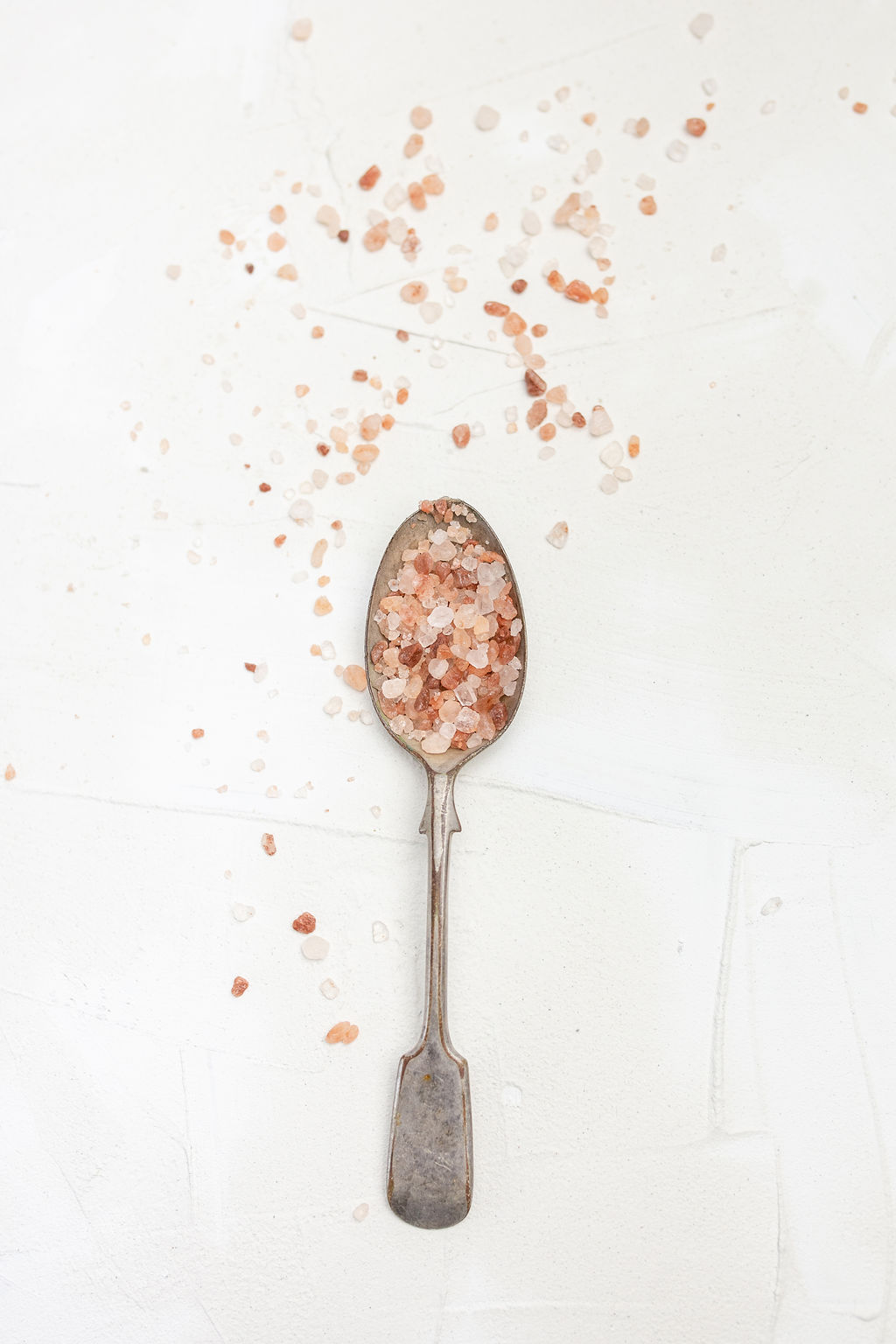
Does not matter which healthy eating plan you are on – there is one rule that applies for all diets: eat lots of plants.
If it comes from the ground, chances are it’s good for you. (Okay, except for those mushrooms that will kill you or give you interesting dreams – and herbs that are drugs—but even that latter one is hotly debated…..)
But generally, fruits, vegetables, and herbs have a myriad of health benefits.
One of the biggest being: polyphenols.
Polyphenols are active compounds that are naturally found in fruits, vegetables, cereals, and some beverages -like wine, coffee, and tea.
They benefit the body by fighting against harmful agents like ultraviolet rays, radiation, and some pathogens.
Research has shown that diets high in foods rich in polyphenols can even help prevent the development of illness such as cancers, heart diseases, and diabetes.”
Polyphenols are the ultimate multitasking overachievers, research has also found them to benefit the body by boosting your health in a range of areas including cognitive function, cardiovascular health, digestion, and skin health.
According to scientific research, a good goal is to aim to get 650 milligrams of polyphenols a day, although the science is a bit fuzzy on this because it’s difficult to measure how well each and every individual absorbs nutrients.
Eating polyphenols will be beneficial no matter what, so get them in whenever and however you can.
However, since we know they help fight environmental damage, it might be a good idea to be more conscious of consuming these components post-workout, during a day in the sun, or when you have been exposed to environmental pollutants.
Scientists have found that polyphenols as a way to slow signs of ageing too – think Reservatrol.
The beauty industry is so excited about it! Yummy foods which slow down not only the signs of ageing but also slow down ageing!
The research supporting polyphenol consumption and anti-aging is fascinating If you consume 4 – 5 servings of fruit or vegetables a day – best way to achieve this is to insure 60% of each meal is fruit or vegetable – ideally vegetable with fruits coming second.
The consumption of polyphenols definitely beats applying them to your skin – by consuming them, the will work on every organ (including the skin) instead of just on the area your are treating with the skin care product.

10 yummy foods and drinks that will help you add polyphenols to your diet.
- Cherries: Cherry on top puns aside, this fruit really one of the highest sources of polyphenols. Scientific studies have linked cherries in particular as being good for your gut, too.
- Strawberries: Just a handful of these yummy berries gets you one-third of the way to the daily goal. One study showed that polyphenols from strawberries can contribute to preventing and treating chronic-degenerative diseases and lower chronic inflammation. (The antioxidants play a big role in that, too.) Just be sure to buy organic since strawberries are the dirtiest of the Dirty Dozen.
- Red grapes:Best news ever! This also includes red wine. (You know how you’ve heard that red wine is good for your heart? This is why.) The key—whether you’re going for the fruit in its food form, juice, or wine—is to go for redgrapes since the polyphenols are found in their skins. (Green grapes have only have 10 mg of polyphenols per serving.)
- Artichokes:Like your veggies more than fruits? Artichokes are a top source of polyphenols. In one study, scientists even used them as a key component in helping treat breast cancer.
- Red onion : Similar to red grapes, the key here is to go for red onions over yellow ones. You’ll also get more of the benefits if you eat it raw ( although it may not help you with your love life!)
- Spinach:Not an artichoke fan? Spinach has a decent amount of polyphenols, too. You’ll also be getting a good amount of fibre, iron, calcium, and vitamin C by adding the green to your plate.
- Hazelnuts: All nuts have polyphenols, but hazelnuts have the most. As for other nuts, pecans have 493 mg of polyphenols and almonds have 187 mg. Your nut milkhabit is doing you more good than you thought.
- Dark chocolate: Your dark fudgy chocolate brownies are a healthy treat! Just not every day.
- Coffee:That’s right—your morning cup is full of polyphenols. If you want to get the absolute most – go for organic or a cherry roast.
- Black tea: If you’re a tea drinker, go organic and black; it has a higher polyphenol amount than other varieties, such as white or green.
Looking at this list alone, it’s clear that it isn’t too difficult to meet the daily requirement for the nutrient—especially considering that the sources are delicious. Red wine? Chocolate? Hazelnuts? Done.
COPYRIGHT 2020 THE ETHICAL BEAUTY EXPERT PTY LTD




